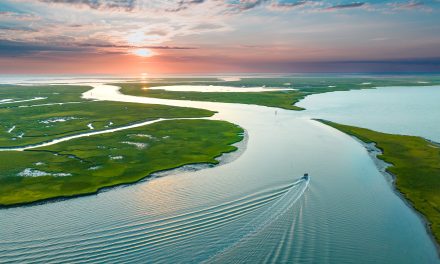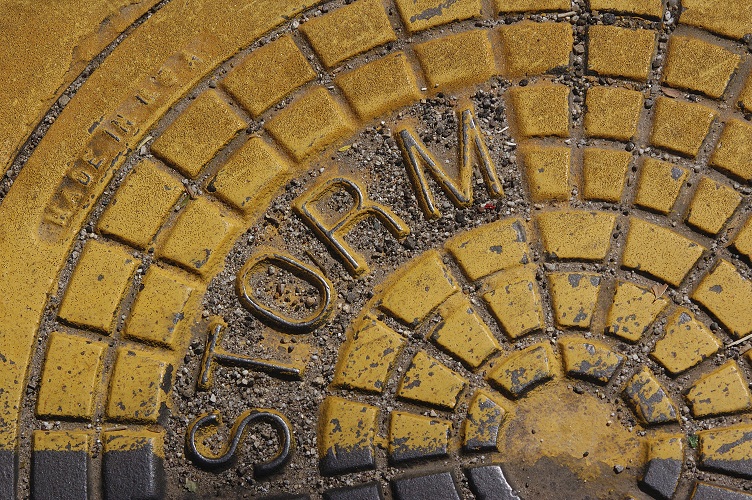When Nicholas de Monchaux, an associate professor of architecture and urban design at the University of California, Berkeley, began his “Local Code” project almost 7 years ago, he set out to address two of the most pressing problems facing modern cities.
Local Code uses open-source software to match thousands of abandoned city lots with site-specific designs for green infrastructure installations. De Monchaux’s work, which has been applied to more than 3500 abandoned lots in four major cities, attempts to create stormwater-permeable surfaces in congested cities while also making use of areas considered “legally abandoned” by city administrators and off-limits for private builders.
In October, Princeton Architectural Press (New York City) published findings from Local Code up to this point in a book by the same name as the project.
Making a match
In 2009, de Monchaux learned about the existence of a spreadsheet listing more than 1600 of San Francisco’s legally abandoned parcels and street sections totaling about 202 ha (500 ac). After consulting with the city government, he created the first map showing the locations of the abandoned areas.
De Monchaux noticed a pattern — the majority of unaccepted parcels and streets in San Francisco were located in areas that were disproportionately poor and polluted. He would later observe the same trends in Los Angeles, New York City, and Venice, Italy. These areas tended to have little in the way of public space or sufficient infrastructure to prevent flooding.
As director of the Berkeley Center for New Media, de Monchaux sought to use technology to come up with construction proposals that would positively affect these communities. He first attempted to connect his existing geographic information system (GIS) mapping software with algorithms that would recommend feasible designs based on physical parameters of each location, but found that the design tools he used were not sophisticated enough to accommodate the wide range of variables each parcel featured.
Working with the Berkeley Center for New Media and software company Autodesk (Mill Valley, Calif.), de Monchaux created a new program. Combined with his mapping software, the open-source Local Code system is able to consider conditions like the typical amount of stormwater for the region, the condition and composition of surrounding buildings, the placement and capacity of nearby wastewater pipes, the amount and location of sun that the parcel receives, and the movement of wind and water through the site. It also enables researchers to compare the potential benefits of several different design recommendations.
Broad applications
To date, de Monchaux’s project has been used to generate site-specific proposals for such green infrastructure projects as bioswales, porous paving, and rain gardens in settings from beneath billboards in Los Angeles to floating islands in the Venetian Lagoon.
De Monchaux argues in his book that the construction of small green infrastructure projects on abandoned parcels distributed throughout heavily settled cities would provide a greater degree of stormwater management than would larger, centralized projects like new facilities or sewer systems.
While Local Code could be a logical first step toward realizing these smaller projects, de Monchaux recognizes that his generated models cannot take into account the social and political obstacles of new constructions, which could be more restrictive than physical limitations.
His work has been featured in an exhibit at the National Building Museum in Washington, D.C., and has been applied toward other initiatives. Last year, de Monchaux worked with the Santa Fe Institute (N.M.) to develop “Open Reblock,” a similar software model that recommends ways to optimize the layout of informal settlements in impoverished urban areas using abandoned land.
Learn more about the Local Code project at Nicholas de Monchaux’s website.








